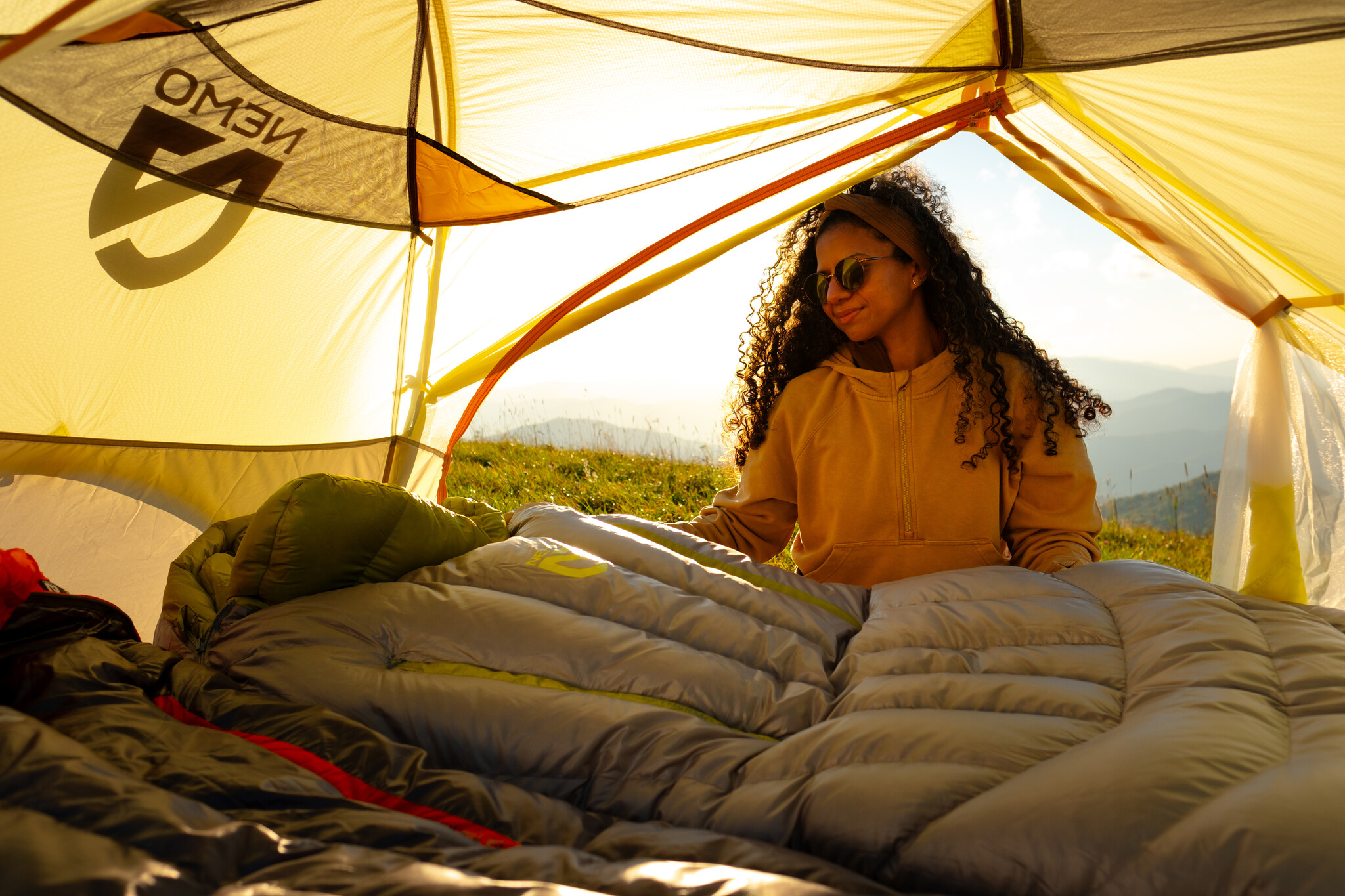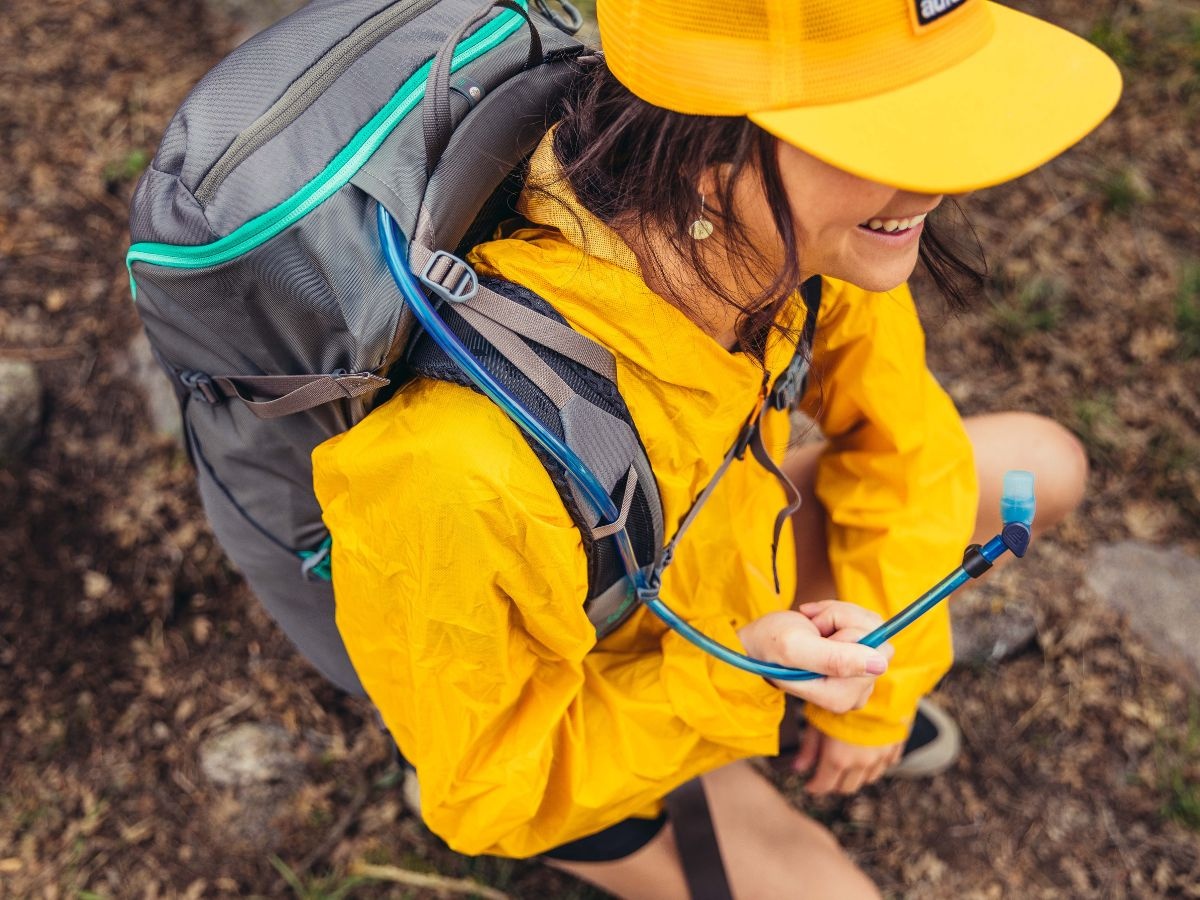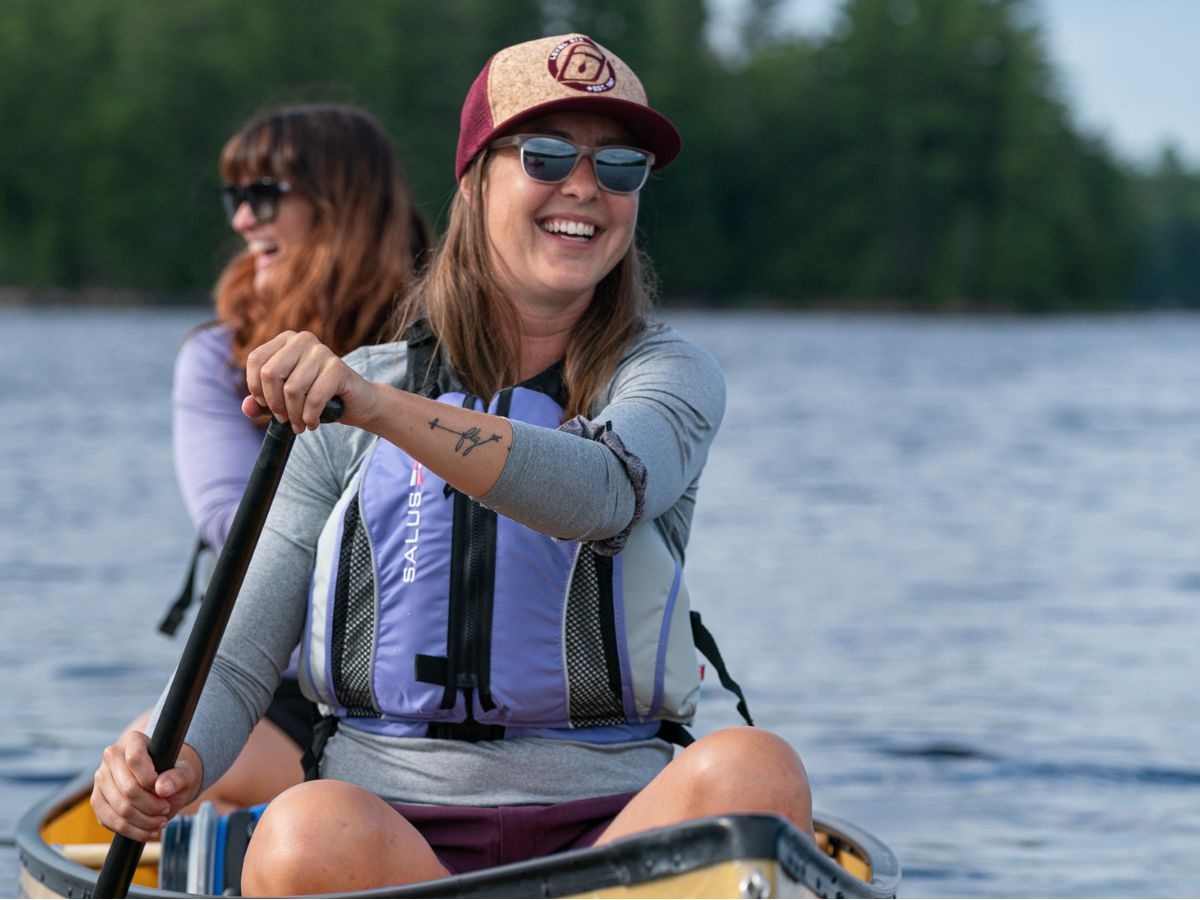Women's Specific Gear: Is It Worth It & What's The Real Difference?

When it comes to outdoor adventures, having the right gear can make all the difference. For women, choosing equipment that’s specifically designed for their needs can enhance comfort, performance, and overall enjoyment. Let’s dive into why women-specific hiking and camping gear matters and explore some essential items to consider.
When it comes to outdoor adventures, having the right equipment is not just a matter of comfort—it’s a matter of safety and enjoyment. This is especially true for women, who after decades of using unisex gear, found that it doesn’t meet their specific needs. Here’s why women’s specific hiking and camping equipment is essential and what to look for when making your selections.

Women’s bodies are different from men’s, with variations in torso length, hip and shoulder width. Women-specific gear is designed with these differences in mind. For instance, women’s backpacks feature narrower shoulder straps and yoke, and a shorter torso length. The waist belt on a pack will often be angled slightly to match the curvature of the hips, reducing discomfort and potential strain. Some pack companies like Gregory and Osprey have now introduced the extended fit sizing to help better fit the curvier female shape.

Women generally have a lower resting metabolic rate than men, meaning they tend to feel colder at rest. Women’s sleeping bags are often designed with extra insulation at the feet and torso for warmth. This is especially crucial when it comes to bag length. Women's "regular" length bags are sized to fit the average height of a woman so as to not have dead air space at the feet. This also decreases the overall weight of the sleeping bag. Similarly, sleeping pads with a higher R-value (a measure of thermal resistance) can provide the necessary insulation from the cold ground. Of course, guys, if you run cold there's absolutely nothing wrong with picking up a women's specific sleeping bag for the extra insulation, it just could be a bit short!

Women’s hiking boots and shoes are not just smaller versions of men’s. They’re crafted to fit the contours of women’s feet, which are often narrower at the heel and require a different arch support. Properly fitting footwear can help to avoid blisters and provide stability on uneven terrain. In climbing footwear, we'll see a subtle move away from "men's and women's" to offer a "high volume" and "low volume" option depending on your foot shape.

Even moving into the paddling category, strides have been made to create more comfortable PFD's (personal floatation devices) for women. Body mapping the foams to create less bulk and more comfort in the chest area have made for a more flattering and easier to wear life jacket.
Having gear that fits well and functions properly empowers women to tackle outdoor challenges confidently. It’s not just about comfort; it’s about performance and the ability to focus on the experience rather than the distraction of ill-fitting gear.
Women’s specific hiking and camping equipment is about acknowledging and addressing the unique needs of women in the outdoors. It’s a recognition that one size does not fit all and that the right gear can enhance the outdoor experience, making it safer, more comfortable, and more enjoyable. Of course, it's not to say that all women's bodies are the same, and some women may in fact prefer the fit of men's gear, and the reverse may be true also. Your best bet is to stop into a local shop and have conversations with staff who are trained in fitting gear properly.

So, when you’re preparing for your next outdoor adventure, choose gear that’s designed for you. Remember: Adventure awaits, and the right gear can take you there!

Comments
Be the first to comment...